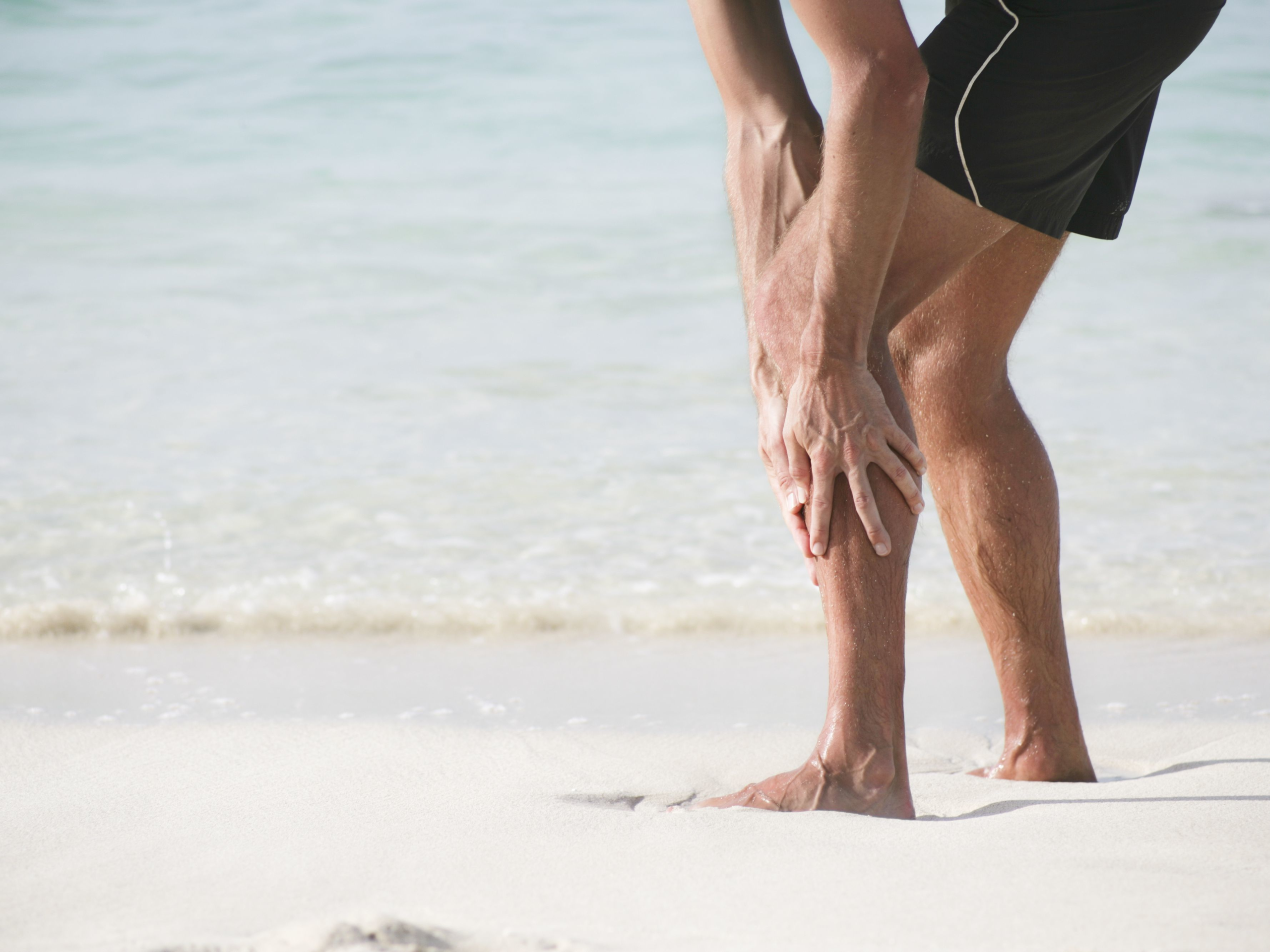Do you frequently experience leg pain when doing simple things such as walking around? If so, you may be suffering from peripheral arterial disease (PAD), also known as peripheral artery disease. Some sufferers of PAD do not exhibit any symptoms, so it is important to understand the risk factors so you can effectively reduce your likelihood of contracting this disease.
If you would like more information, or if you believe you may be suffering from PAD, please don’t hesitate to reach out to the team at Zenith Vascular & Fibroid Center. We are conveniently located in Memphis, TN, and our professionals would be more than happy to answer any questions you may have. Contact us today to schedule your consultation!
What is Peripheral Arterial Disease?
In essence, PAD is a circulatory disease. It occurs when the blood flow is constricted due to narrowed arteries. That’s why you may experience pain when walking; the blood isn’t able to reach the areas it’s supposed to go. This leg pain is also known as claudication, and it is the main indicator for PAD.
Peripheral arterial disease can also occur when there are fatty deposits built up in your arteries. These deposits restrict blood flow, which affects your heart and your brain. It can also affect your legs, which causes pain.
Non-Medical Treatments for PAD
Some advisable steps you can take to treat PAD on your own include:
• Quitting the use of any tobacco products
• Exercising regularly
• Eating a healthy diet
If these lifestyle changes have little to no effect on your condition, then it may be time to consult with medical professionals to explore your treatment options.
Symptoms to Look out For
Simply looking for pain in the legs while walking isn’t the best way to spot PAD. There are a few more specific symptoms you can look out for to help you determine if it is time to seek medical help. If you have peripheral arterial disease, you may experience painful cramping that occurs in one or both of your legs after walking, running, or climbing stairs.
Leg numbness or weakness that has no discernable cause can also be a sign of PAD. Sore that won’t heal, hair loss on the feet and legs, as well as shiny skin on your legs can all indicate peripheral arterial disease.
Contact Us
This is simply a general overview of peripheral arterial disease and what to look for. For more comprehensive information, please visit Zenith Vascular & Fibroid Center in Memphis, TN. We can provide you with more information about PAD as well as which treatments may be right for you. Contact us today to schedule your consultation!

